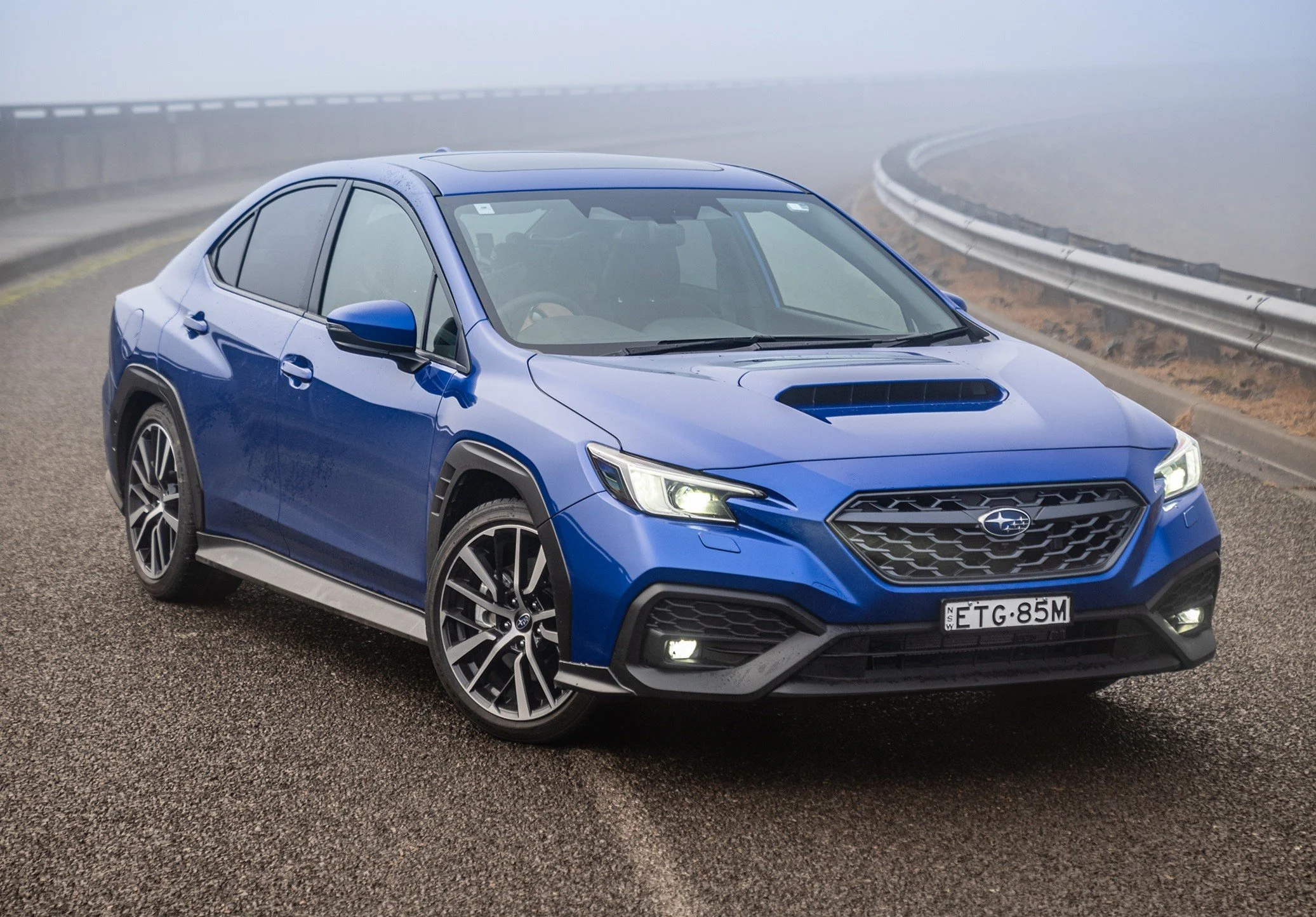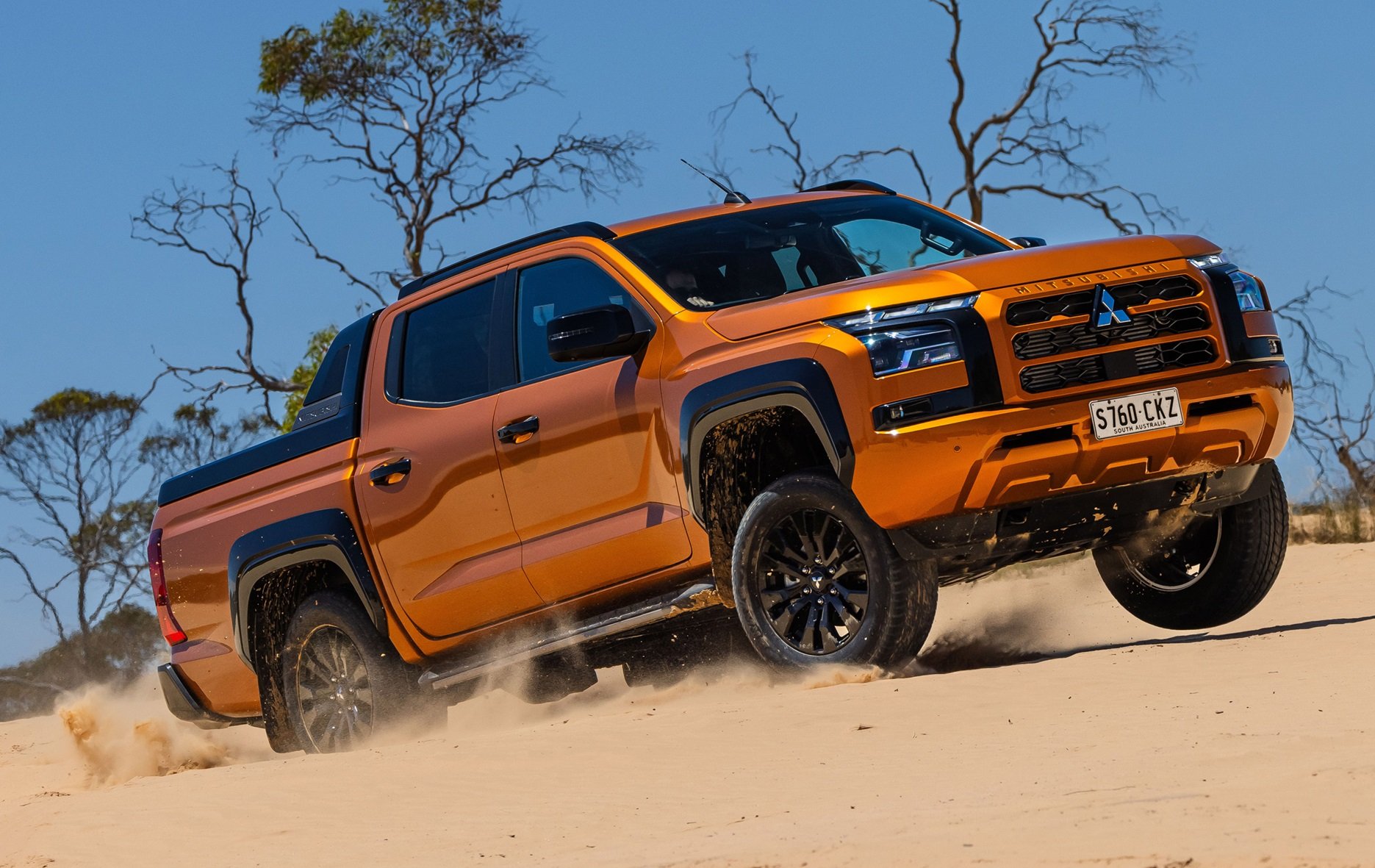Australian road trip basics: Should you carry spare fuel?
Roadtripping across Australia is potentially hazardous. It’s over 2600km from Adelaide to Perth, via the Nullarbor Plain. So, is it a good idea to carry spare fuel?
This report is about the fantasy road-trip you might be planning as Australia emerges from lockdown and summer rolls in. You’re desperate to escape the city and hit the highway, but how do you plan for the long journey ahead?
Taking a couple of Jerry cans on tour, across the Nullabor, for example. Where does this sit, in the domain of good and bad ideas?
You’re probably going to be towing a caravan into the outback, with all your worldly provisions, and the vehicle is going to be full of your squabbling kids, and you want to be prepared. But should you strap multiple jerry cans to your fine chariot?
This question is inspired by a resident of Australia’s only living cemetery, Adelaide, by the owner of a 2010 VE Holden Commodore Sportswagon SV6, named Linton Ritchie.
So, I’ve done this trans-Australian trip on the Nullabor once, east to west. I’ve also driven right across the country, through the very dead centre, from Steep Point in the west, to Sydney. And from Darwin to Adelaide five or six times. Twice, at 60km/h on economy challenges. (That is the world’s most boring drive - except of course if the inland sea ever comes back).
Quick context: Across the Nullabor, I was running the risk management for an automotive industry event, as a paid consultant.
Anyway, assignments like that happen because car companies want to stories with high-profile publications, but they need to guarantee everyone’s safety, no disasters can happen en-route. So, I have extensive experience with these long-distance treks, not just in a personal adventuring capacity, but in a professional public-safety capacity.
Now, carrying 50 litres of petrol inside a car if you don’t really have to, is insane. It might seem emotionally reassuring - for you and your family - but it’s an irrationally stupid thing to do, in practise.
Petrol is properly dangerous stuff and in this case, there’s nowhere inside that wagon in which you can adequately restrain two Jerry cans. So, in a high mechanism crash, when you swerve around a kangaroo, but you hit a tree, (instead of recovering control, the crash is survivable. The VE Commodore is a pretty safe car with a very good B-Pillar design, but despite the survivability, you’ve got these two unrestrained 20-kilo projectiles propelled by inertial forces toward the back of your head, at roughly twice the speed of a serious punch.
And of course, they’re full of an energy-dense and highly volatile liquid that enthusiastically evaporates in air, to form an extremely combustible mixture. Basically it’s a recipe for turning a Commodore wagon into a fireball.
It’s also a declared dangerous substance, meaning you should not get it on you, or breathe the fumes.
Petrol Vs Temperature: Is heat ripping you off at the pump? >>
And OK, this is a low-probability event, but the consequences are high, if it happens. Unlikely, but serious if it does. And even if this fireball/crash doesn’t happen, at the end of your trip, you’ll be left with two full cans of fuel, which is also quite dangerous to handle manually, and store, in the absence of all of the systematic protections hidden in plain sight at the filling station.
Dying in the burns unit, or in intensive care, after an onsite Jerry can mishap, is not fun. Static electricity and vapour is all it takes. Most people completely underestimate the danger of handling petrol. It’s fricken dangerous stuff.
So, in your case, or Linton’s, I would strongly advise you to be a tad more rational mate. Do not carry this fuel. Not in a trailer, not on the roof, and certainly not inside your vehicle. It’s a very bad idea, unless you really need to, and you absolutely don’t, on this trip.
I’ll show you why...
USEFUL INFO FOR ROAD TRIPS & TOWING
Towing 3500kg with your 4WD ute: Worst idea ever >>
Should I buy a 4X4 motorhome? >>
Should I buy a LandCruiser, Nissan Patrol or BMW X5 for towing? >>
Which ute should I buy for rural and city driving? >>
My AutoExpert AFFORDABLE ROADSIDE ASSISTANCE PACKAGE
If you’re sick of paying through the neck for roadside assistance I’ve teamed up with 24/7 to offer AutoExpert readers nationwide roadside assistance from just $69 annually, plus there’s NO JOINING FEE
Full details here >>
YOUR ROADTRIP PREPARATION CHECKLIST
Here’s what you really need to obsess about before any trip such as this:
First: Tell your local, trusted independent mechanic that you are about to do this trip, and get him to give your car a detailed once-over, with that travel in mind, paying close attention to everything that could fail. Thinks like hoses and tubes, radiators, drive belts, diff and transmission oil, coolant, bleed the brakes, check the battery condition, etc. Get a detailed health check.
Second: Mechanical sympathy. Linton’s car is coming up for 12 years old, and the Second Law of Thermodynamics has been wearing away at it the whole time. Driving across the Big Empty is not actually that hard on a car; it’s just that you don’t want anything to fail on you, that far from support. So avoid pushing the car any harder than you need to simply complete the journey. Take a bit longer by going a bit slower, using less fuel, reducing stress on all those components.
Some things that could be simply inconvenient if they failed in Adelaide, but they could evolve into a massive problem when they fail an hour each way to the nearest town after dark.
Thirdly: With this in mind I would suggest that your vehicle, like Linton’s mighty Commo, should also get remedial work from you in the form of obsession about its tyres. Tyres remain the least reliable component on vehicles, and also the most vulnerable. Getting one flat on the Nullabor is annoying but manageable. Getting two could be a colossal pain in the arse, especially if you have kids on board.
Worst-case scenario is flat #2 happens halfway between Balledonia and Norseman, 95kms, each way. You have to flag down a passing motorist if you don’t know how to change your own tyre, or patch one up. So learn how, or be prepared to meet the locals.
Fourthly: Be prepared for the likely tyre issues. It’s gunna take up to two hours for a tow truck to arrive, an hour to get you to the roadhouse, an hour for sundry stuffing around. And that’s if your problem doesn’t happen at 4pm with the sun slowly setting and doors closing at 5. If you’re lucky, Mick Taylor won’t show up in his F150 to ‘help’.
You could spend under $200 and carry a 12-volt compressor like this one >> and simply repair your flat, or change to the spare.
Pro Tip: You emphatically don’t need the $600 ARB air compressor, paid for by Jobkeeper >>. A cheap $99 version is gunna be fine for how you’re intending to use it.
Get a tyre plug kit as well. Here’s how you use it >>. This is a great mobility maximising combo, and a lot safer than carrying a poorly restrained extra spare inside the wagon, and much lighter. With a plug kit and a compressor, you can often fix a flat without jacking up the car and removing the wheel, and you’re mobile again in minutes, as opposed to running on the spare in an hour and hoping like hell you don’t get another flat for 800 kays.
FIFTH: Prevention is better than cure, obviously, so obsess about tyre pressures. Placard maximum plus 10 per cent is fine - cold inflation pressure. Check them before you set off every morning. Here’s how to know your tyre pressures >>
SIXTH: Keep checking the vehicle, at every stop. Every time you get out of the car, walk around it. Do a ceremonial lap. Make it a ritual. Look at the tyres. Check any that look even slightly flat and use a gauge like this one >>.
Before you go
While you’re doing all this, keep looking underneath the car for anything leaking. Little bit of water from the aircon is quite okay. Anything else is not okay - oily fluid, smelly coolant, fuel - all bad. It’s a good idea to do that in the morning, too, before turning everything on or starting the engine, and do it on a flat surface. Check the oil and the coolant every day before setting off.
Most breakdowns are preventable.
If you use the compressor, keep the engine running in order not to flatten the battery - fixing the tyre and then being unable to start the engine is a poor exchange of problems, in my estimation.
Then just drive conservatively and keep checking the instrument cluster for warning lights. And keep looking as far ahead as possible - because distance gives you time to avert disasters. And remember, poorly trained, distracted, bored drivers are always out there. So stay vigilant at all times and change drivers regularly, and take a break every two hours if you’re flying solo.




















The Kia Sorento is as close to a prestige SUV as you can get, only without the big price. You would pay thousands more for an equivalent Mercedes or BMW, but a new seven-seat Sorento will be far more reliable and better value.